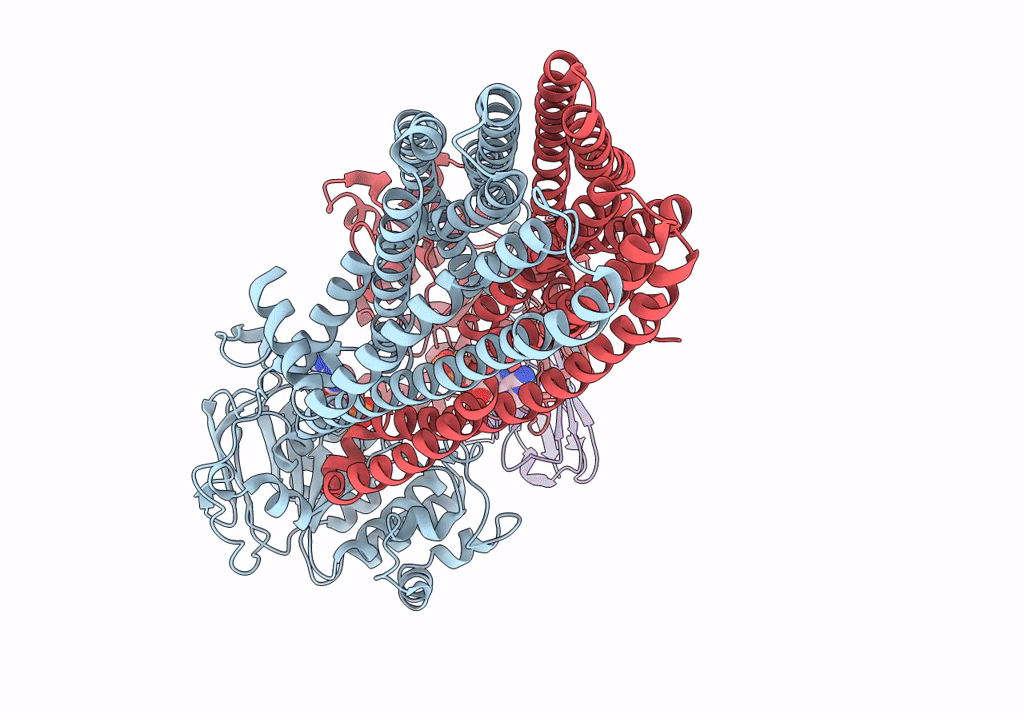
Deposition Date
2019-04-06
Release Date
2019-07-31
Last Version Date
2025-07-09
Entry Detail
PDB ID:
6RAG
Keywords:
Title:
Heterodimeric ABC exporter TmrAB in inward-facing wide conformation under turnover conditions
Biological Source:
Source Organism:
Thermus thermophilus (Taxon ID: 274)
Vicugna pacos (Taxon ID: 30538)
Vicugna pacos (Taxon ID: 30538)
Host Organism:
Method Details:
Experimental Method:
Resolution:
4.20 Å
Aggregation State:
PARTICLE
Reconstruction Method:
SINGLE PARTICLE


